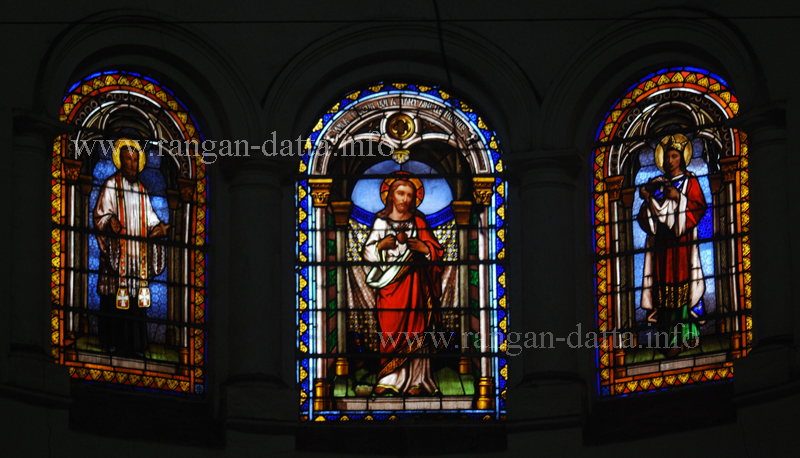Next Weekend you can be at Chandarnagore
About 100 years after Vasco da Gama landed in the west cost of India the European traders started making inroads into Bengal. Bandel became a stronghold of the Portuguese while the Danes and the Dutch had their supremacy in Srerampur and Chuchura respectively.
Chandannagor was the French colony. Unlike the other European colonies of Bengal the French control of Chandannagar continued even after independence and it was only in 1950 Chandannagar became a part of India.

Located about 33 km from Calcutta Chandannagar is well connected by road and rail from Kolkata. The entry point on Chandannagar from the South side is marked with an elegant gateway. The gateway consisting of two square pillars, topped with a decorated urn, is covered up with festoons and hording and is difficult to spot. Constructed in 14 July 1937, in memory of the fall of Bastille, the gate contains the slogan of French Revolution “Liberte, Egalite & Fratarnite” (Liberty, Equality & Fraternity).
Being a French colony for almost 275 years (1678 – 1950) Chandanagar has a distinctive French touch and French colonial architecture are scattered all over the city, but the largest concentration of colonial buildings is along the Hooghly and the area is known as the Strand.
Considered as the most beautiful stretches of the entire Hooghly River, the Strand is the best place to start the Chandannagar trip. The pavilion shaped Durgacharan Rakshit Ghat is one of the most prominent landmarks of the Strand. Built in 1920s in honor of Durgacharan Rakshit, the recipient of the French award of Legion d’honneur. The elegant looking pavilion consists of slender columns with decorative stucco works consisting of elephant’s head and floral design.

Also along the river lies the Chandannagar Museum & Institute, housing a rare collection of French artifacts, including personal collection of Duplex, the French Governor of Chandannagar. Just in front of the museum is an elegant mansion called the Patal Bari (Underground House) as a portion of the house is submerged by the Hooghly River. The Patal Bari, with is beautiful wooden sunshades and decorative water outlets, has a long list of distinguished visitors including Rabindranath Tagore & Iswar Chandra Vidyasagar.

A short walk up the river will take you past the old French Fort, now turned into a court and the clock tower. Terrace you steps back to the Durgacharan Rakshit Ghat and take a short diversion to the Sacred Heart of Jesus Church. Inaugurated in 1884 the two storied church contains beautiful stained glass windows and coloured relief panels describing Christ’s journey with the cross.
The heritage of Chandannagar is not restricted to French architecture only. The town also houses several temples, including Nandadulal Temple. Standing on a rectangular base of 52 feet by 21 feet it is the largest do – chala (double sloped roof) temple of Bengal. Sadly apart from a few lotus motifs it totally lacks terracotta work, which is the trade mark of Hooghly Temples.

But terracotta enthusiasts shouldn’t be disheartened as the Boro Shvtala area of Chandannagar houses a spectacular nine pinnacled terracotta temple with intricate curving on two of its outer wall. The temple also houses a giant Shiva – Linga.
Finally it is time for home, and you return with memories of a French holiday with a distinctive Bengali twist.
Necessary Information:
Getting There: Howrah – Chandannagar train (Time: 45 mins, Fare: Rs8)
Getting Around: A car will charge Rs400 for Chandannagar site seeing. Autos are also available.
Places to Eat: There are plenty of places to eat, sadly no French food is available.
Other Information: Chandannagar Museum is closed on Sundays |

